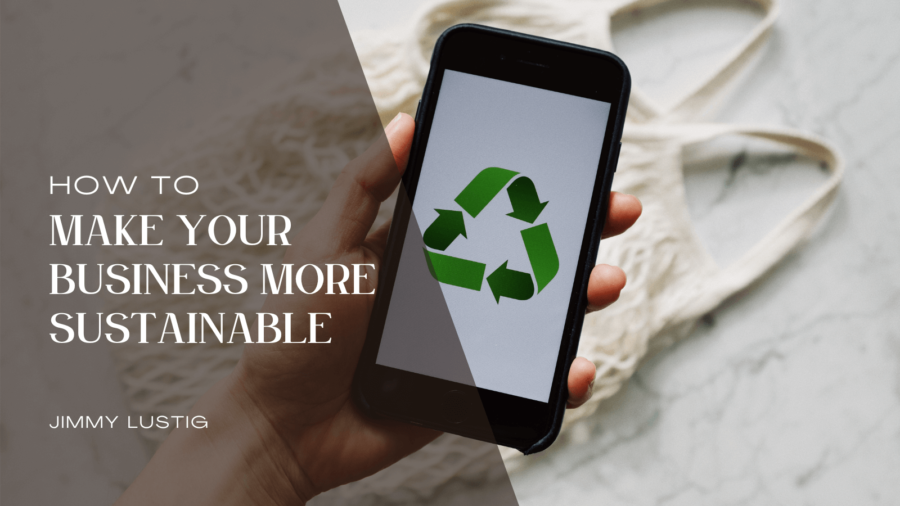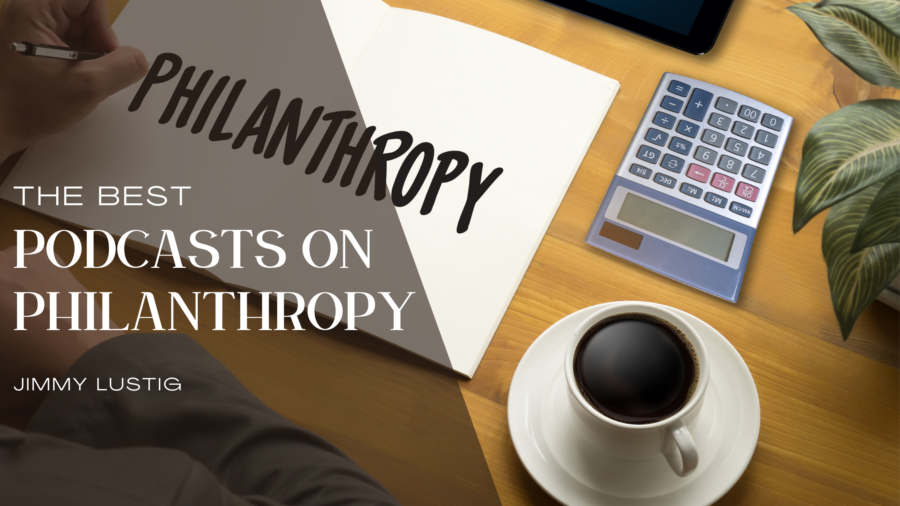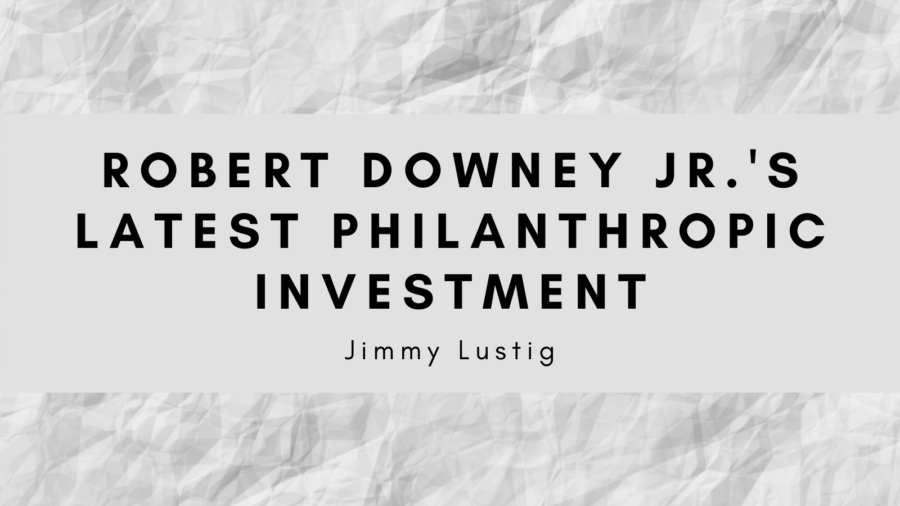Volunteering is a noble act that benefits both the community and the individual. However, many potential volunteers find the process of getting involved to be daunting. Organizations can play a crucial role in making volunteering more accessible and rewarding.
One major hurdle is finding volunteer opportunities that match people’s interests and schedules. Organizations can make this easier by offering a variety of volunteer roles. From one-time events to long-term commitments, flexible hours to specific time slots, providing options cater to different lifestyles. Clearly outlining each role’s time commitment and skill requirements is also essential.
Another barrier is the application process. Lengthy forms and complex procedures can deter potential volunteers. Streamlining the application process can significantly increase participation. Online platforms that allow people to sign up quickly and easily can be a game-changer. Additionally, offering multiple ways to sign up, such as in-person, online, or over the phone, can accommodate different preferences.
Once volunteers are on board, organizations should focus on providing a positive experience. This includes clear communication about expectations, roles, and responsibilities. Offering proper training and support ensures volunteers feel equipped to succeed. Recognizing and appreciating volunteers’ contributions is also crucial. A simple thank-you note or a public acknowledgment can go a long way in boosting morale and encouraging continued involvement.
Flexibility is critical to retaining volunteers. Offering different ways to volunteer, such as in-person, remote, or virtual options, can accommodate various circumstances. Being open to volunteers bringing their skills and ideas can also make the experience more fulfilling.
Finally, promoting volunteerism as a rewarding experience is essential. Sharing stories of volunteers’ impact can inspire others to get involved. Highlighting the benefits of volunteering, such as personal growth, community connection, and skill development, can encourage more people to take the plunge.
By implementing these strategies, organizations can create a welcoming environment for volunteers, making it easier for people to get involved and make a difference. Remember, every volunteer counts; small steps can lead to significant impacts.










